- About us
- Support the Gallery
- Venue hire
- Publications
- Research library
- Organisation chart
- Employment
- Contact us
- Make a booking
- Onsite programs
- Online programs
- School visit information
- Learning resources
- Little Darlings
- Professional learning

Anthony Browell reminisces about meeting Rose Lindsay, the wife of Australian artist Norman Lindsay.
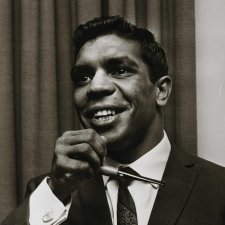
Two lively portrait photographs reflect the agility of their subjects: world champion Australian sportsmen Lionel Rose and Anthony Mundine.
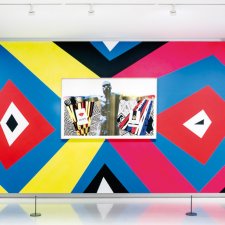
Brook Andrew, Marcia Langton and Anthony Mundine.
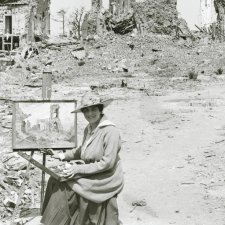
Dr Sarah Engledow traces the significant links between Antonio Dattilo-Rubbo and Evelyn Chapman through their portraits.
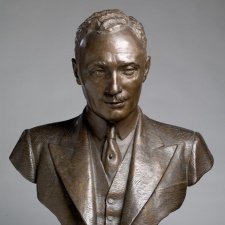
Australia's tradition of sculpted portraits stretches back to the early decades of the nineteenth century and continues to sustain a group of dedicated sculptors.

As a convict Thomas Bock was required to sketch executed murders for science; as a free man, fashionable society portraits.
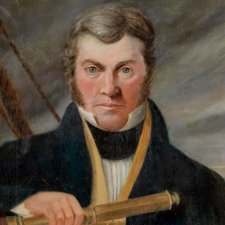
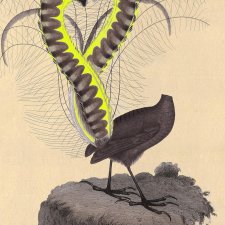
Emma Kindred looks at the career of Joan Ross, whose work subverts colonial imagery and its legacy with the clash of fluorescent yellow.
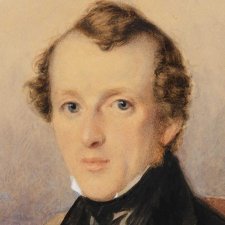
Michael Desmond examines the career of the eighteenth-century suspected poisoner and portrait artist Thomas Griffiths Wainewright.
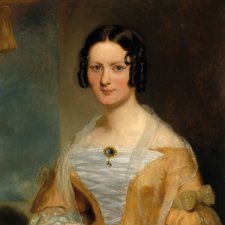
Henry Mundy's portraits flesh out notions of propriety and good taste in a convict colony.

English artist Benjamin Duterrau took up the cause of the Indigenous peoples of Tasmania with his detailed and sympathetic renderings.
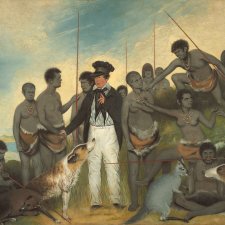
Gareth Knapman explores the politics and opportunism behind the portraits of Tasmania’s Black War.
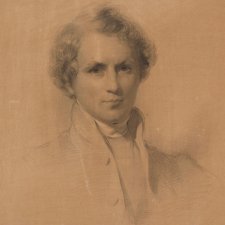
Jessica Smith looks at the 'fetching' portrait of Tasmania's first Anglican Bishop, Francis Russell Nixon by George Richmond
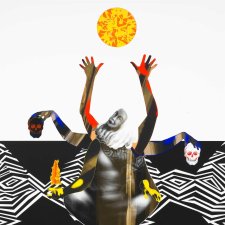
Dr Christopher Chapman explores the symbolism in the portrait commission of Marcia Langton by Brook Andrew.
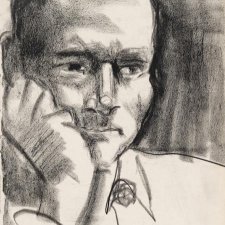
Lauren Dalla examines the life of Australian painter Roy de Maistre and his portrait by Jean Shepeard.
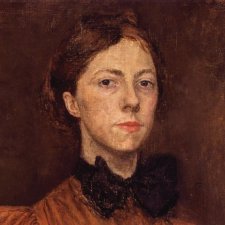
British novelist and poet, Michael Rosen, weaves a tale about his early encounters with creativity and the self-portrait of a childhood friend.